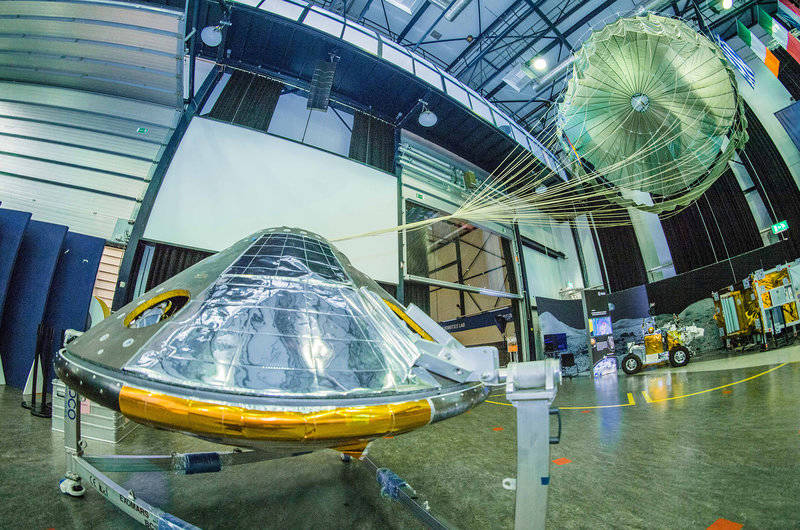The Schiaparelli probe is named after the Italian astronomer Giovanni Schiaparelli, who observed and mapped the surface of Mars. It’s part of a joint operation between the ESA and the Russian space program called ExoMars.
The lander is currently in “hibernation mode” as it coasts towards Mars, pulled by gravity.
If everything goes according to plan, the probe will make a six-minute descent through the atmosphere, protected by a heat-shield then slowed by a parachute. The landing is “controlled but not guided,” ESA says.
Then the lander will deploy what the ESA has dubbed the “DREAMS package” — for “Dust Characterisation, Risk Assessment, and Environment Analyser on the Martian Surface.”
For a few days, until its battery runs out, the probe will measure wind, humidity, pressure, transparency, temperature and electrical fields, among other things, and send that data back to Earth.
But first the lander has to make it to its destination, and landing on Mars is notoriously tricky. There have been high-profile successes, from Viking I in 1976 to the Mars Science Laboratory and Curiosity rover in 2012. But there’s a long litany of failures, with landers lost in space or crashing to the planet’s surface. As Popular Science noted in 2012, “Mars usually wins.”
The British lander Beagle 2 was one of the more recent Mars-landing letdowns. The probe, carried on ESA’s Mars Express ship, was set to land on Christmas in 2003. It set off from its mothership successfully but then went silent, missing and presumed lost.
Last year, a NASA orbiter snapped a picture of the lander that showed it actually made it safely to the surface — but it failed to set itself up to allow communication with Earth.
Copyright 2016 NPR. To see more, visit http://www.npr.org/.
9(MDAxOTAwOTE4MDEyMTkxMDAzNjczZDljZA004))

9(MDAxOTAwOTE4MDEyMTkxMDAzNjczZDljZA004))
